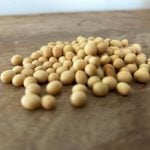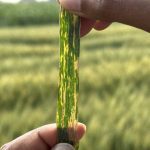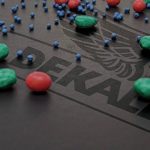Bacterial leaf streak is re-emerging in cereal crops on Canada’s Prairies. With no fungicides or resistant varieties, researchers are testing plant genes for future control of the disease.


Manitoba researchers are testing whether known resistance genes can be effective against bacterial leaf streak in cereal crops

Agronomic traits in new varieties overcome disease issues that held crop back

Researchers find Palmer amaranth strains in two counties

Mesotrione-resistant waterhemp confirmed in Quebec





